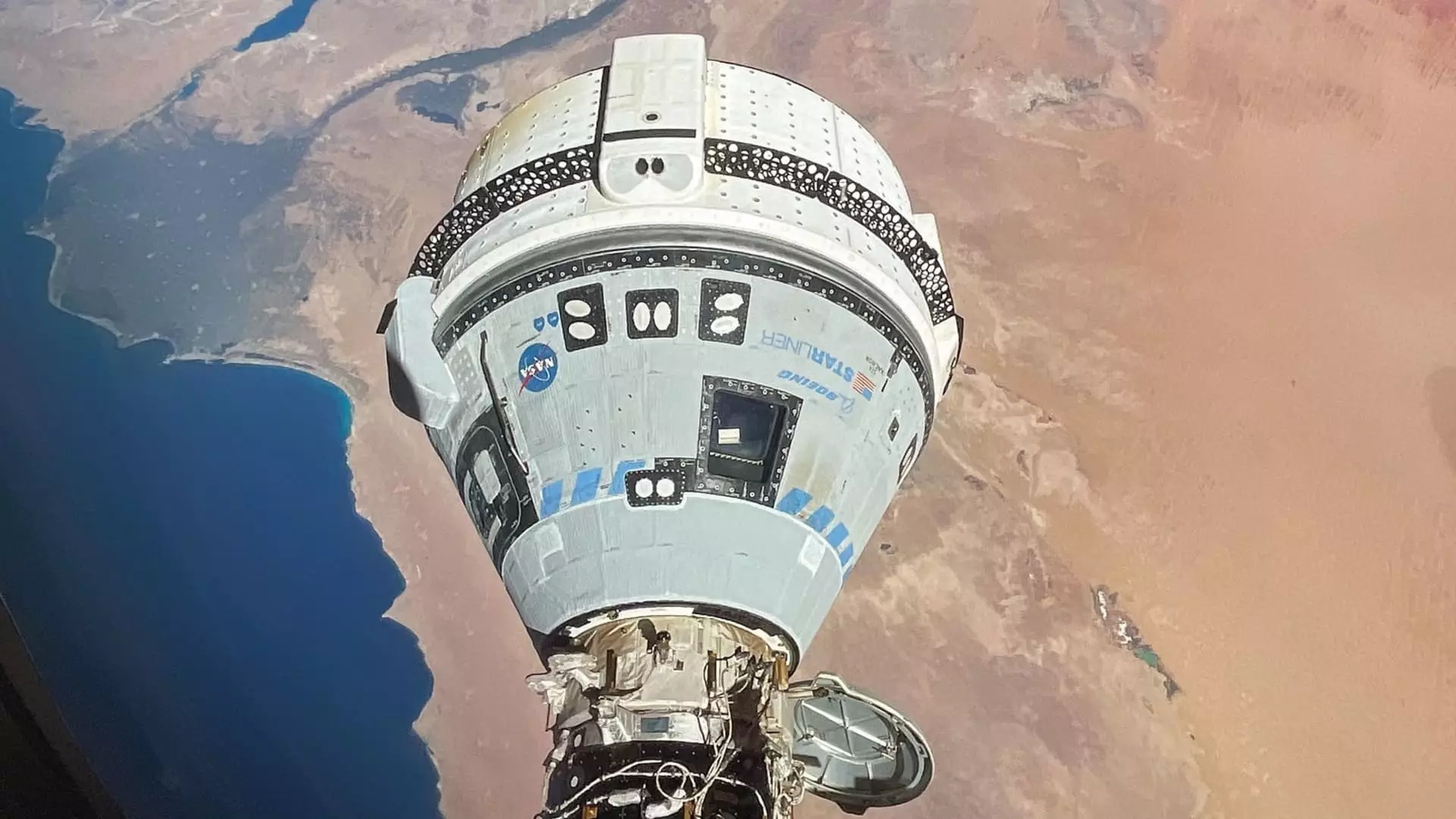The decision by NASA and Boeing to further extend the first Starliner crewed flight without setting a new target date for returning the capsule to Earth raises concerns about the effectiveness of their initial planning. Boeing’s Starliner capsule, named “Calypso,” was meant to stay at the International Space Station for a relatively short period, but the mission has now exceeded expectations with a total of 24 days and counting. This prolonged stay at the ISS could potentially reflect poor project management and testing prior to the launch.
The statement that Boeing and NASA need more time to conduct new testing on the Starliner’s thruster technology raises questions about the thoroughness of their pre-launch assessments. The fact that the thruster system is being tested on the ground, even after the spacecraft had been in space for an extended period, may indicate that critical issues were not adequately addressed beforehand. Additionally, the comparison to SpaceX’s Dragon, which has successfully completed multiple crewed trips to the ISS, highlights potential shortcomings in Boeing’s preparation and execution of the Starliner mission.
While officials from NASA and Boeing have reassured the public that the Starliner crew is not in any immediate danger and that the spacecraft is safe to return at any point, the decision to prolong the mission for further testing raises concerns about the overall reliability of the vehicle. The delay in returning to Earth for testing purposes and the repeated emphasis on gathering more data about the spacecraft’s performance suggest a lack of confidence in the initial assessments and planning for the mission.
The setbacks and delays experienced by the Starliner mission could have significant implications for NASA’s future plans for crewed spaceflights. Considering that Starliner was once seen as a competitor to SpaceX’s Dragon, the series of problems encountered during the mission has raised doubts about Boeing’s ability to meet NASA’s requirements for operational missions. As NASA prepares to certify Boeing for crewed missions lasting up to six months, the repeated delays and issues with Starliner could lead to further complications in the agency‘s scheduling and planning for future spaceflights.
The decision by NASA and Boeing to extend the Starliner crewed flight while returning the capsule remains uncertain highlights potential shortcomings in the initial planning and execution of the mission. The need for additional testing and the emphasis on gathering more data about the spacecraft’s performance raise questions about the thoroughness of the pre-launch assessments and the overall reliability of the Starliner vehicle. Moving forward, it will be crucial for NASA and Boeing to address the issues faced during this mission in order to maintain the agency’s commitment to safe and successful crewed spaceflights in the future.

